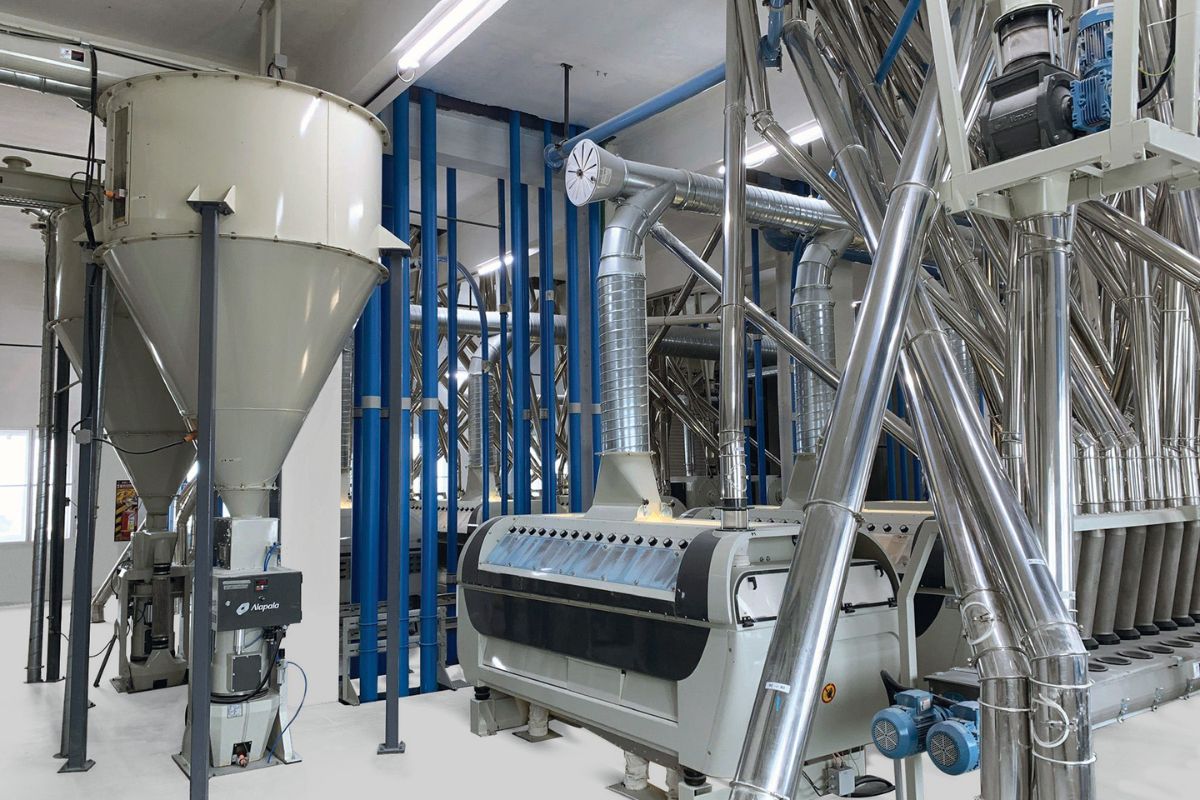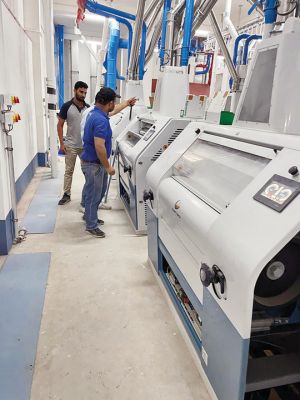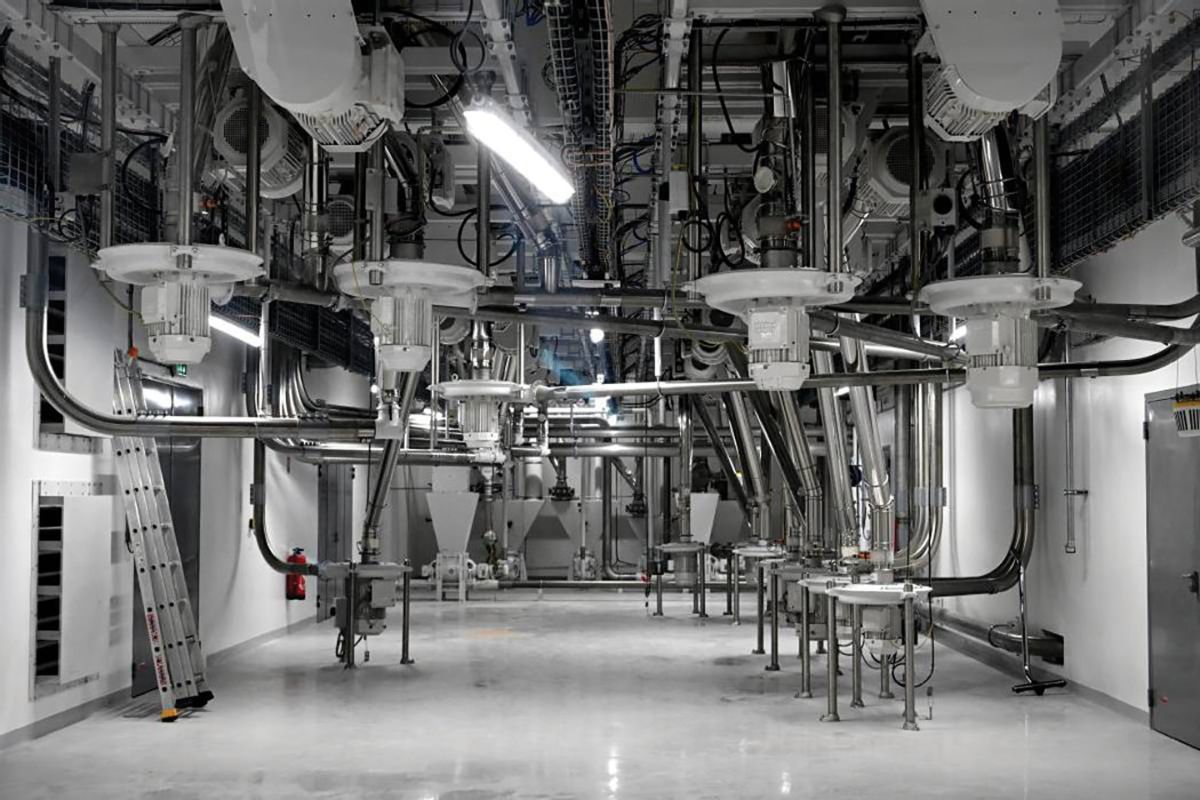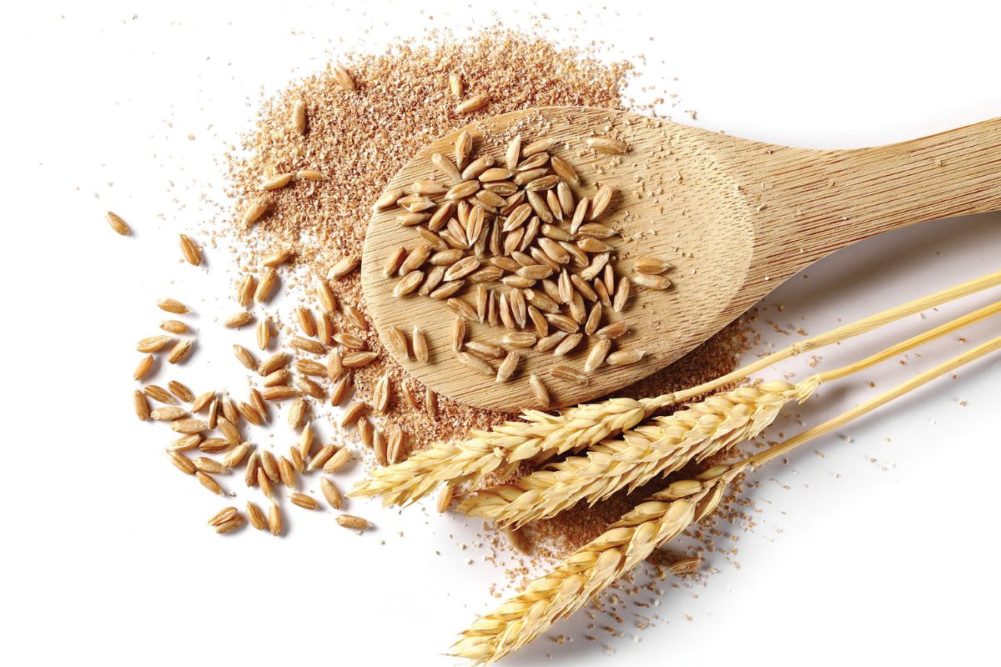KANSAS CITY, MISSOURI, US — While Russia’s invasion of Ukraine in February 2022 made the global milling industry cautious in making capital investments, it also emphasized the importance of wheat production and flour milling.
Suppliers who participated in World Grain’s annual milling projects survey said they started seeing recovery in larger-scale projects last year and the momentum is continuing through 2023.
“We saw an impact on projects that were ongoing in previous strong markets as they came to a hold,” said Uzwil, Switzerland-based Bühler. “Unfortunately, the war caused an increase of raw material prices initially. That affected the investment climate in the overall milling industry. We saw a recovery already last year, which continued strongly this year.”
Consumer behaviors are changing with an emerging middle class around the world made up of people who will eat more on the go while still looking for less food waste. Health and wellness will play an important role in the future, including alternative proteins, Bühler said.
“We live in a VUCA (volatility, uncertainty, complexity and ambiguity) world, and it will stay like this,” Bühler said. “This has a big impact on supply chain restraints and consolidated markets.”
Demand for wheat flour mills primarily is coming from Asia, southern and northern Africa and Europe, said Satake, which has offices in Japan and the UK as well as a partnership with Turkey-based Alapala in Henry Simon.
Worth noting is the increase in inquiries in African countries for rice processing, Satake said.
“In West African countries such as Nigeria, Ghana and Cote d’Ivoire and in East African countries such as Madagascar and Tanzania, Satake is seeing a rapid shift in demand to high-quality milled rice, mainly for domestic consumption in Africa,” the company said.
Demand for upgraded versus greenfield facilities varies based on the region. More established markets, such as in Europe and the United States, demand is greater for plant remodels and upgrades. In Asia and Africa, activity is more focused on new plants. India is seeing demand for both upgrades and new facilities.
Reducing installed and consumed power remains a high priority for the milling industry. Machine hygiene and maintenance costs are another focus.
“In certain markets, improved machine safety features are increasingly required,” Satake said.
Bühler agreed there is a strong focus on energy and carbon dioxide reduction. In addition, automation and digitalization is essential for the milling industry to reach high efficiency levels.
“The potential is huge and goes beyond lights out mills,” Bühler said.
Logistics are more and more time consuming worldwide, Satake said. Additionally, there is a worldwide shortage of some electrical and electronic parts, increasing the time it takes to procure them.
Bühler said it is working even closer with supply chain partners and has increased its spare and wear parts stock levels at its worldwide manufacturing locations and service hubs.
SKS adds mill in Bangladesh

SKS added a new flour milling unit in Bangladesh with turnkey services provided by Alapala.
| Credit: ©ALAPALASKS Holding, which operates as an affiliate of the Bangladesh Army, completed a new flour milling unit in Dhaka, Bangladesh. SKS is active in many business fields and has three flour mills in Bangladesh with a total production capacity of 430 tpd.
The turnkey project was the sixth in Bangladesh for Istanbul, Turkey-based Alapala. The company provided process design, manufacturing, project management, installation and commissioning services.
The Sena mill processes imported wheat to produce different types of flour for the domestic market. It produces Maida and Atta flour as well as Sooji, bran and other byproducts.
The mill is managed by an advanced automation system that provides centralized monitoring ability of the entire process from the wheat intake to flour packaging. There is also the ability to generate detailed reports such as production figures, extraction and more.
The remote connection feature of the system enables the Alapala after-sales team to access the mill whenever technical assistance is required, including inspection, error diagnosis, calibration and troubleshooting.
Smooth milling for Anannya Foodking

Anannya Foodking Industry Private Ltd. started operations this spring at its new mill in India, supplied by Henry Simon.
| Credit: ©ANANNYA FOODKING INDUSTRY LTD.Since starting operations on April 19, Anannya Foodking Industry Private Ltd.’s new 160-tpd flour mill in Sonbhadra, India, has been running smoothly. The facility’s flour extraction rate is 75%, including semolina, fine semolina and special Atta. Bran, including refraction, accounts for about 29%.
The facility includes a one-story wheat warehouse measuring 1,800 square meters with storage capacity of 4,000 tonnes. It took two years for the erection, fabrication and building of the facility, which cost nearly $2 million for machinery, electrical equipment, fabrication, the main building and finished goods warehouse.
The facility is unique in that it includes a Chakki mill with a capacity of 70-tpd.
Henry Simon, a partnership of Satake and Alapala, supplied the facility, which is located in a wheat producing area. Finished products, which include multi-purpose maida, Rawa and bran, are supplied to other states, including Maharashtra, Hyderabad, Bihar, Uttar Pradesh and West Bengal.
The flowsheet for the project was created considering the cost of building and the sanitation of the mill. The pre-cleaning section, with a capacity of 30 tph, is in a separate building from the milling section. Capacities for the first, second and third cleaning sections are 13 tph, 10 tph and 7 tph, respectively.
Equipment in the cleaning section includes a grain separator, scourer, destoner, optical sorter, drum magnet, spout magnet and automatic dampening machine.
The milling section includes roller mills with PLC and touch panels, plansifters, two-channel sifter, infestation destroyer, purifiers, bran finisher, impact detacher, drum detacher, air jet filters and more.
Both the cleaning and milling sections are operated by human machine interface. There is land available to expand grain storage and mill capacity.
Limagrain expands with new mill

Limagrain replaced two existing mills in France with a new facility supplied by Bühler.
| Credit: ©BÜHLERLooking to expand and upgrade its milling capacity, Limagrain Ingredients announced in 2020 plans to build a new flour mill in Ennezat, France, and close two existing mills in Gerzat and Verdonnet. Together, the facilities produced 85,000 tonnes of flour per year and could not be expanded.
The new greenfield facility started operations in May 2022 with a mill capacity of 350 tpd and flour production of 250 tpd to 350 tpd, depending on the flour type. The mill can produce a complete range of flour types and includes precleaning, cleaning, soft mill, flour and bran storage, flour and bran truck loading and packaging lines.
With the new seven-story mill, Limagrain can meet the traceability, food safety and production cost expectations of its subsidiary, Jacquet Brossard, a regional artisan bakery chain.
Because of the large range of flour produced (from T45 to whole flour) and the possibilities of cross-contamination, the flow study was important as was the choice of technology.
Limagrain worked with Bühler for the project. The cooperative had high expectations for food safety and efficiency in terms of security screening, metal separation, impact machines and sampling.
Wheat for the mill comes from local farmers within a 100-km radius, most of whom are shareholders in the Limagrain cooperative. Total grain storage capacity is 2,200 tonnes with nine 120-tonne bins and 18 60-tonne bins. The cleaning building is 10 levels with a height of 40 meters and an area of 500 square meters.
Intake and pre-cleaning capacity is 100 tph with first cleaning capacity of 20 tph. Bulk flour storage includes two different conveying lines with a capacity of 20 tph. Total bulk flour storage capacity is 2,000 tonnes.
From the flour silos to the bagging and truck loading sections there is one line for whole flour and one line for T45, T55 and T65 flour. The mill has two different flour truck loading lines, including one rapid loading fluidification system with a capacity of 250 tph and one with vibro dischargers for whole flour and a capacity of 60 tph.
Bran storage capacity is 400 tonnes with a truck loading capacity of 60 tph.
The mill building also has a pressurization system and Bühler’s plant automation control system Mercury MES and Bühler Insights digital services platform.
Most of the flour production is intended for Limagrain’s industrial bakery partner Jacquet Brossard. Due to the high-performance level of the equipment, Limagrain has approached some white flour T38 industrial users.
There is room for further expansion, including additional wheat storage, optical sorting, a new truck loading section, extended bran storage and extended mill capacity with space for a plansifter and a four-roll roller stand.






